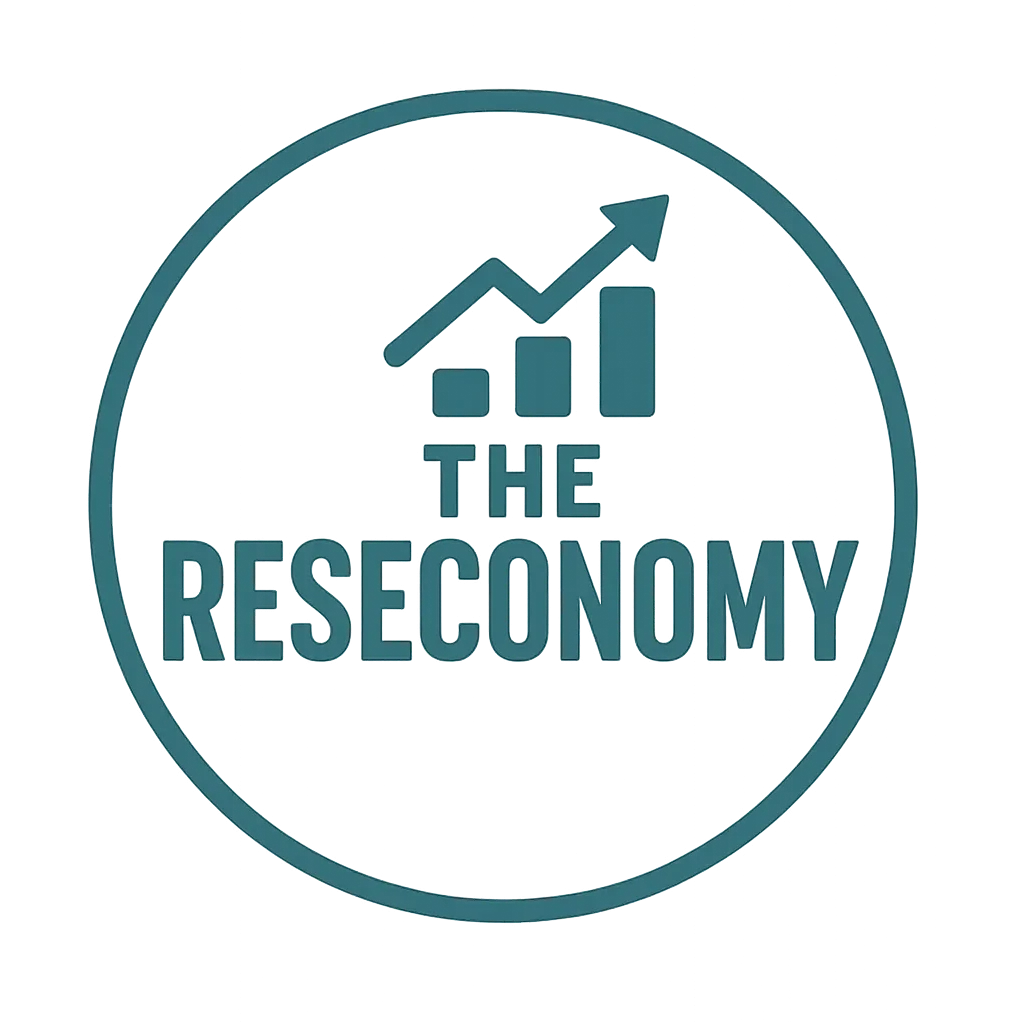In our hyper-connected, always-on world, the pressure to say “yes” can feel overwhelming. We fear missing out on opportunities, disappointing others, or appearing unhelpful. However, the inability to say “no” effectively can lead to overcommitment, burnout, and a dilution of our focus, ultimately hindering our ability to achieve peak performance in both our professional and personal lives.
This post delves into the often-overlooked power of the word “no.” It explores why setting boundaries is crucial for protecting our time, energy, and strategic focus, and provides practical strategies for saying “no” effectively and gracefully, ultimately paving the way for greater productivity and well-being.
The High Cost of Saying “Yes” to Everything:
Constantly agreeing to every request, opportunity, or obligation can have significant negative consequences:
- Burnout and Exhaustion: Overcommitment leads to stress, fatigue, and eventually burnout, diminishing our capacity to perform at our best.
- Diminished Quality of Work: Spreading ourselves too thin means we can’t dedicate the necessary time and energy to each task, resulting in lower quality output.
- Reduced Strategic Focus: Saying “yes” to everything that comes our way prevents us from prioritizing tasks that align with our core goals and strategic objectives.
- Missed Opportunities: By being overcommitted, we may lack the time and energy to pursue truly important opportunities that arise.
- Resentment and Frustration: Feeling overwhelmed and taken advantage of can lead to resentment and decreased job satisfaction.
- Compromised Personal Life: The inability to set boundaries at work often spills over into our personal lives, impacting relationships and well-being.
The Benefits of Embracing “No”:
Learning to say “no” effectively is not selfish; it’s a crucial act of self-care and a strategic imperative for high performance:
- Protecting Your Time: Saying “no” allows you to allocate your limited time and energy to your most important priorities.
- Preserving Your Energy: By avoiding overcommitment, you conserve your mental and physical energy, allowing you to focus and perform at your peak.
- Maintaining Strategic Focus: Saying “no” to distractions and non-essential tasks helps you stay aligned with your core goals and strategic objectives.
- Creating Space for What Matters: By decluttering your schedule, you create space for activities and opportunities that truly bring you value and contribute to your success.
- Building Respect: When you set clear boundaries, others learn to respect your time and priorities.
- Reducing Stress and Improving Well-being: Saying “no” can alleviate feelings of overwhelm and contribute to a greater sense of control and well-being.
- Enhancing Your Ability to Say “Yes” to What Truly Matters: By being selective with your commitments, your “yes” becomes more meaningful and impactful.
The Art of Saying “No” Effectively:
Saying “no” doesn’t have to be confrontational or negative. Here are some strategies for doing it gracefully and professionally:
- Be Prompt and Direct: Avoid ambiguity or procrastination. A clear and timely “no” is often better than a vague or delayed response.
- Be Polite and Respectful: Acknowledge the request and the person making it. Express your appreciation for being considered.
- Offer a Brief Explanation (Optional): You don’t always need to provide a lengthy justification, but a brief and honest explanation can be helpful. For example, “Thank you for thinking of me, but I’m currently at capacity with other commitments.”
- Focus on Your Priorities: Frame your “no” in terms of your current commitments and priorities. This emphasizes that your decision is about focus, not a rejection of the person or the request.
- Suggest Alternatives (When Appropriate): If possible, offer alternative solutions or suggest someone else who might be a better fit. This demonstrates your willingness to be helpful in other ways.
- Learn Different Ways to Say “No”: Vary your phrasing to avoid sounding repetitive. Examples include: “I won’t be able to take that on right now,” “That doesn’t align with my current priorities,” “Unfortunately, my schedule is full,” “I have to decline at this time.”
- Be Firm but Flexible (Sometimes): While it’s important to be firm in your “no,” there might be rare occasions where you can negotiate or offer a modified version of your involvement.
- Don’t Over-Apologize: A brief and sincere acknowledgment is sufficient. Over-apologizing can undermine your “no.”
- Be Consistent: Once you’ve set a boundary, stick to it. Consistency helps others understand and respect your limits.
- Practice Makes Perfect: Saying “no” can feel uncomfortable at first, but it gets easier with practice. Start with lower-stakes situations to build your confidence.
Prioritizing for Peak Performance:
Saying “no” is intrinsically linked to effective prioritization. To know what to decline, you must have a clear understanding of your goals and priorities. Consider using frameworks like:
- The Eisenhower Matrix (Urgent/Important): Focus on the important and not urgent tasks. Delegate or eliminate the urgent but not important ones.
- The Pareto Principle (80/20 Rule): Identify the 20% of tasks that yield 80% of the results and prioritize those.
By consciously prioritizing your tasks and aligning your “yes” decisions with your strategic goals, you’ll have a clearer understanding of what deserves a “no.”
Reclaiming Your Time and Energy:
Learning to say “no” is not about being difficult; it’s about being strategic and self-respectful. It’s about reclaiming your time, protecting your energy, and focusing on the activities that truly drive peak performance and contribute to your long-term success and well-being. Embrace the power of “no” – it’s a crucial step towards a more focused, productive, and fulfilling life.
What are your biggest challenges in saying “no”? What strategies have you found most effective? Share your experiences in the comments below!
